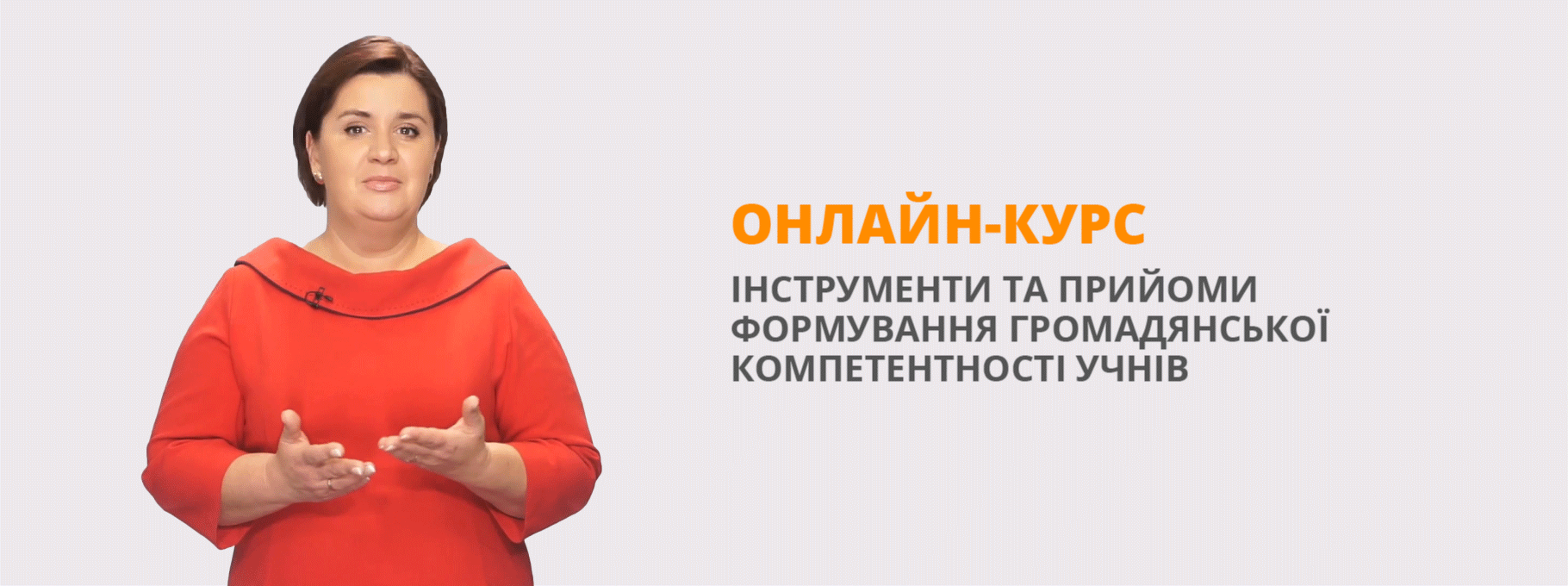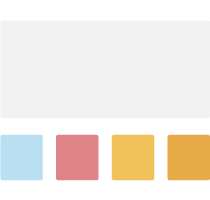Reading 11 B form

Read the texts below. Match choices to the paragraphs. There are three choices you do not need to use.
Safe, comfortable and, above all, green. Electric-powered cars will not produce any substances which are dangerous for either people or the environment. In 10-20 years all cars will have their own built- in computers. These computers will help choose the best way to go and avoid accidents. You can even sit back and let the computer do the driving!
Read the texts below. Match choices to the paragraphs. There are three choices you do not need to use.
As you know, personal computers use a lot of power. In fact, with their printers and monitors, computers in the USA use each year as much electricity as the whole state of Oregon. Not to waste electricity, new “green” computers are being developed by more than a hundred personal computer firms in the USA. When left on but unused for more than a few minutes, they go down to a standby, using 80 per cent less energy. At a command the PCs return to full power.
Read the texts below. Match choices to the paragraphs. There are three choices you do not need to use.
Nowadays, people working in offices use computers, which contain hundreds of documents. Do you know how much space these documents would take up, if they were printed on paper? They’d occupy whole rooms! In many offices computers are linked in a network. This way, employees can exchange information and messages without moving from their tables.
Read the texts below. Match choices to the paragraphs. There are three choices you do not need to use.
Technology has allowed more and more people to work from the place where they live. Using a modem on a telephone line connected to their computer, everyone can be linked to the company computer. In this way, they don’t waste so much time, because they don’t have to go to the office every day. It also means less pollution in the atmosphere caused by transport.
Read the texts below. Match choices to the paragraphs. There are three choices you do not need to use.
Good-bye, pencils! Farewell, sheets of paper! These days’ cartoons are being made with a computer. The first-ever cartoon to be created by computer was “Toy Story” produced by Steve Jobs. A typical Walt Disney cartoon usually needs up to 600 designers. “Toy Story” was made using only 100. So, like so much of modern life, today’s cinema seems to be falling more and more into the hands of the computer.
Read the following text and fill the gaps with the missing sentences. There are two sentences you will not need.
The Mysteries of Human Behaviour
Scientists have created test-tube babies, sent men to the moon and discovered the DNA which humans consist of, yet they have failed to fully explain some of the mysteries of simpler human behaviour. Our everyday lives are filled with actions that are still unexplainable, such as creating art, blushing or altruism.1._____ Here are some theories on why we do those things we do.
Read the following text and fill the gaps with the missing sentences. There are two sentences you will not need.
Blushing
Even Charles Darwin was unable to explain why evolution made our cheeks turn red when we are lying, shy or embarrassed. 2._____ Over-sensitive, non-confrontational or shy people may blush because they are trying to avoid conflict, and some might be revealing weakness.
Read the following text and fill the gaps with the missing sentences. There are two sentences you will not need.
Altruism
Giving things away, helping old people across the road or being very hospitable despite knowing that we might not get anything in return for our thoughtful actions, is strange behaviour in evolutionary terms. Some say that it is more natural for people to be inconsiderate, and to prioritise their own needs over those of others but many of us keep displaying signs of altruism on a daily basis. 3._____
Read the following text and fill the gaps with the missing sentences. There are two sentences you will not need.
Art
When we paint, dance, sculpt and write music, we could be showing off our skills and potential, or communicating what state of mind we are in. If, for instance, we paint a picture of a romantic countryside full of blooming flowers, this could be sending a message that we are exceptionally supportive, hospitable and dependable. Composing sad songs, on the other hand, may be a sign of feeling gloomy or that we believe we are in a hopeless situation. 4 ___
Read the following text and fill the gaps with the missing sentences. There are two sentences you will not need.
Adolescence
5 ___ Some suggest that teenage years help our large brain reorganise itself before adulthood, and allow us to experiment with certain behaviours inappropriate for adulthood, before we take over full responsibility for our lives.
Read the text. Choose the correct answers.
Henry Moore was born in 1898, in a small house in Castleford, in the north of England. He was the seventh child in a family of eight children. His father was a miner and the family were very poor. Despite this, his father wanted his children to be educated, so he sent them to a local school. In his teenage years, Henry was already very clever, and he also showed an ability for art. He went to Castleford Grammar School and later became a teacher there. He might have stayed at the school, but when the First World War started Henry was sent to fight in the army.
In 1917, Henry was injured during the Battle of Cambrai, and he didn’t fight again. Instead, he spent the rest of the war training new soldiers. After the war, he realised that he didn’t want to be a teacher any more. He wanted to follow his dream of being an artist. In 1921, he was accepted at the Royal College of Art. He was very talented, but he wanted to be different from everybody else. He began to experiment with different modern styles of art. This was a problem for his teachers who were trying to teach more formal, traditional art. They couldn’t understand what Henry wanted to do.
In 1924, Henry left England and went travelling in Italy and Paris. He studied Michelangelo and Giovanni Pisano. When he visited the Louvre Museum in Paris, he became interested in sculpture. Back in London, he married Irina Radetsky, who he had met at art college. He began teaching at the Royal College of Art and at the same time, he worked on his own art. His first public sculpture was called West Wind, cut in the stone of a building in London, above St James’s Park underground station.
In the 1930s, Moore became a member of the modern art movement. He admired artists like Pablo Picasso and Jean Arp. Then, during the Second World War, he worked as a war artist and drew many pictures of ordinary people in London escaping the bombing. These have become well known. After the war, he was given many awards, including the International Prize for Sculpture in 1948. He died in 1986. In September 2000, Moore Square was opened on the site where he was born in Castleford.
People noticed Henry Moore had a talent for art when he …...
Read the text. Choose the correct answers.
Henry Moore was born in 1898, in a small house in Castleford, in the north of England. He was the seventh child in a family of eight children. His father was a miner and the family were very poor. Despite this, his father wanted his children to be educated, so he sent them to a local school. In his teenage years, Henry was already very clever, and he also showed an ability for art. He went to Castleford Grammar School and later became a teacher there. He might have stayed at the school, but when the First World War started Henry was sent to fight in the army.
In 1917, Henry was injured during the Battle of Cambrai, and he didn’t fight again. Instead, he spent the rest of the war training new soldiers. After the war, he realised that he didn’t want to be a teacher any more. He wanted to follow his dream of being an artist. In 1921, he was accepted at the Royal College of Art. He was very talented, but he wanted to be different from everybody else. He began to experiment with different modern styles of art. This was a problem for his teachers who were trying to teach more formal, traditional art. They couldn’t understand what Henry wanted to do.
In 1924, Henry left England and went travelling in Italy and Paris. He studied Michelangelo and Giovanni Pisano. When he visited the Louvre Museum in Paris, he became interested in sculpture. Back in London, he married Irina Radetsky, who he had met at art college. He began teaching at the Royal College of Art and at the same time, he worked on his own art. His first public sculpture was called West Wind, cut in the stone of a building in London, above St James’s Park underground station.
In the 1930s, Moore became a member of the modern art movement. He admired artists like Pablo Picasso and Jean Arp. Then, during the Second World War, he worked as a war artist and drew many pictures of ordinary people in London escaping the bombing. These have become well known. After the war, he was given many awards, including the International Prize for Sculpture in 1948. He died in 1986. In September 2000, Moore Square was opened on the site where he was born in Castleford.
After he was injured in the First World War, Henry …...
Read the text. Choose the correct answers.
Henry Moore was born in 1898, in a small house in Castleford, in the north of England. He was the seventh child in a family of eight children. His father was a miner and the family were very poor. Despite this, his father wanted his children to be educated, so he sent them to a local school. In his teenage years, Henry was already very clever, and he also showed an ability for art. He went to Castleford Grammar School and later became a teacher there. He might have stayed at the school, but when the First World War started Henry was sent to fight in the army.
In 1917, Henry was injured during the Battle of Cambrai, and he didn’t fight again. Instead, he spent the rest of the war training new soldiers. After the war, he realised that he didn’t want to be a teacher any more. He wanted to follow his dream of being an artist. In 1921, he was accepted at the Royal College of Art. He was very talented, but he wanted to be different from everybody else. He began to experiment with different modern styles of art. This was a problem for his teachers who were trying to teach more formal, traditional art. They couldn’t understand what Henry wanted to do.
In 1924, Henry left England and went travelling in Italy and Paris. He studied Michelangelo and Giovanni Pisano. When he visited the Louvre Museum in Paris, he became interested in sculpture. Back in London, he married Irina Radetsky, who he had met at art college. He began teaching at the Royal College of Art and at the same time, he worked on his own art. His first public sculpture was called West Wind, cut in the stone of a building in London, above St James’s Park underground station.
In the 1930s, Moore became a member of the modern art movement. He admired artists like Pablo Picasso and Jean Arp. Then, during the Second World War, he worked as a war artist and drew many pictures of ordinary people in London escaping the bombing. These have become well known. After the war, he was given many awards, including the International Prize for Sculpture in 1948. He died in 1986. In September 2000, Moore Square was opened on the site where he was born in Castleford.
When he was at the Royal College of Art, his teachers …...
Read the text. Choose the correct answers.
Henry Moore was born in 1898, in a small house in Castleford, in the north of England. He was the seventh child in a family of eight children. His father was a miner and the family were very poor. Despite this, his father wanted his children to be educated, so he sent them to a local school. In his teenage years, Henry was already very clever, and he also showed an ability for art. He went to Castleford Grammar School and later became a teacher there. He might have stayed at the school, but when the First World War started Henry was sent to fight in the army.
In 1917, Henry was injured during the Battle of Cambrai, and he didn’t fight again. Instead, he spent the rest of the war training new soldiers. After the war, he realised that he didn’t want to be a teacher any more. He wanted to follow his dream of being an artist. In 1921, he was accepted at the Royal College of Art. He was very talented, but he wanted to be different from everybody else. He began to experiment with different modern styles of art. This was a problem for his teachers who were trying to teach more formal, traditional art. They couldn’t understand what Henry wanted to do.
In 1924, Henry left England and went travelling in Italy and Paris. He studied Michelangelo and Giovanni Pisano. When he visited the Louvre Museum in Paris, he became interested in sculpture. Back in London, he married Irina Radetsky, who he had met at art college. He began teaching at the Royal College of Art and at the same time, he worked on his own art. His first public sculpture was called West Wind, cut in the stone of a building in London, above St James’s Park underground station.
In the 1930s, Moore became a member of the modern art movement. He admired artists like Pablo Picasso and Jean Arp. Then, during the Second World War, he worked as a war artist and drew many pictures of ordinary people in London escaping the bombing. These have become well known. After the war, he was given many awards, including the International Prize for Sculpture in 1948. He died in 1986. In September 2000, Moore Square was opened on the site where he was born in Castleford.
When he returned to London after travelling in Europe, he …...
Read the text. Choose the correct answers.
Henry Moore was born in 1898, in a small house in Castleford, in the north of England. He was the seventh child in a family of eight children. His father was a miner and the family were very poor. Despite this, his father wanted his children to be educated, so he sent them to a local school. In his teenage years, Henry was already very clever, and he also showed an ability for art. He went to Castleford Grammar School and later became a teacher there. He might have stayed at the school, but when the First World War started Henry was sent to fight in the army.
In 1917, Henry was injured during the Battle of Cambrai, and he didn’t fight again. Instead, he spent the rest of the war training new soldiers. After the war, he realised that he didn’t want to be a teacher any more. He wanted to follow his dream of being an artist. In 1921, he was accepted at the Royal College of Art. He was very talented, but he wanted to be different from everybody else. He began to experiment with different modern styles of art. This was a problem for his teachers who were trying to teach more formal, traditional art. They couldn’t understand what Henry wanted to do.
In 1924, Henry left England and went travelling in Italy and Paris. He studied Michelangelo and Giovanni Pisano. When he visited the Louvre Museum in Paris, he became interested in sculpture. Back in London, he married Irina Radetsky, who he had met at art college. He began teaching at the Royal College of Art and at the same time, he worked on his own art. His first public sculpture was called West Wind, cut in the stone of a building in London, above St James’s Park underground station.
In the 1930s, Moore became a member of the modern art movement. He admired artists like Pablo Picasso and Jean Arp. Then, during the Second World War, he worked as a war artist and drew many pictures of ordinary people in London escaping the bombing. These have become well known. After the war, he was given many awards, including the International Prize for Sculpture in 1948. He died in 1986. In September 2000, Moore Square was opened on the site where he was born in Castleford.
During the Second World War he …....

Створюйте онлайн-тести
для контролю знань і залучення учнів
до активної роботи у класі та вдома


















